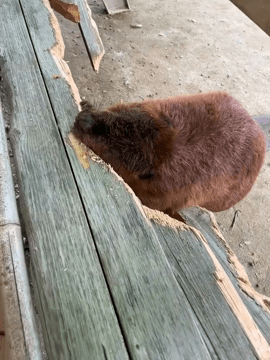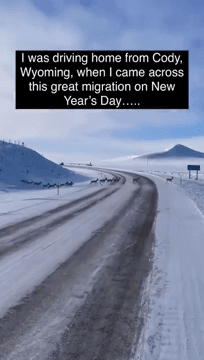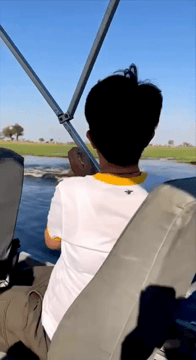Each year, dozens of people get lost in the Mountains and become the subjects of search-and-rescue missions. In most cases, people simply wandered off of marked trails and lost their bearings. Losing one's way in the woods can be an unsettling, frightful experience. If you follow the blazes or cairns, you should have no trouble. But, if you should find you've wandered off the path, stop immediately. In many cases, you will find that retracing your footsteps will bring you back to the trail. If not, follow these steps: 1) Pay close attention to your surroundings and landmarks and relate this to your location on a map. 2) Stay calm if you get lost. Panic is your greatest enemy. If you run wildly around, even for a little while you could lose your sense of direction complete. Try to remember how you got to your present location. 3) Trust your map and compass (if you have them) and do not walk aimlessly. Use the compass to give you a sense of direction. Think of which way you came, an
Post: 16 September 18:34















































